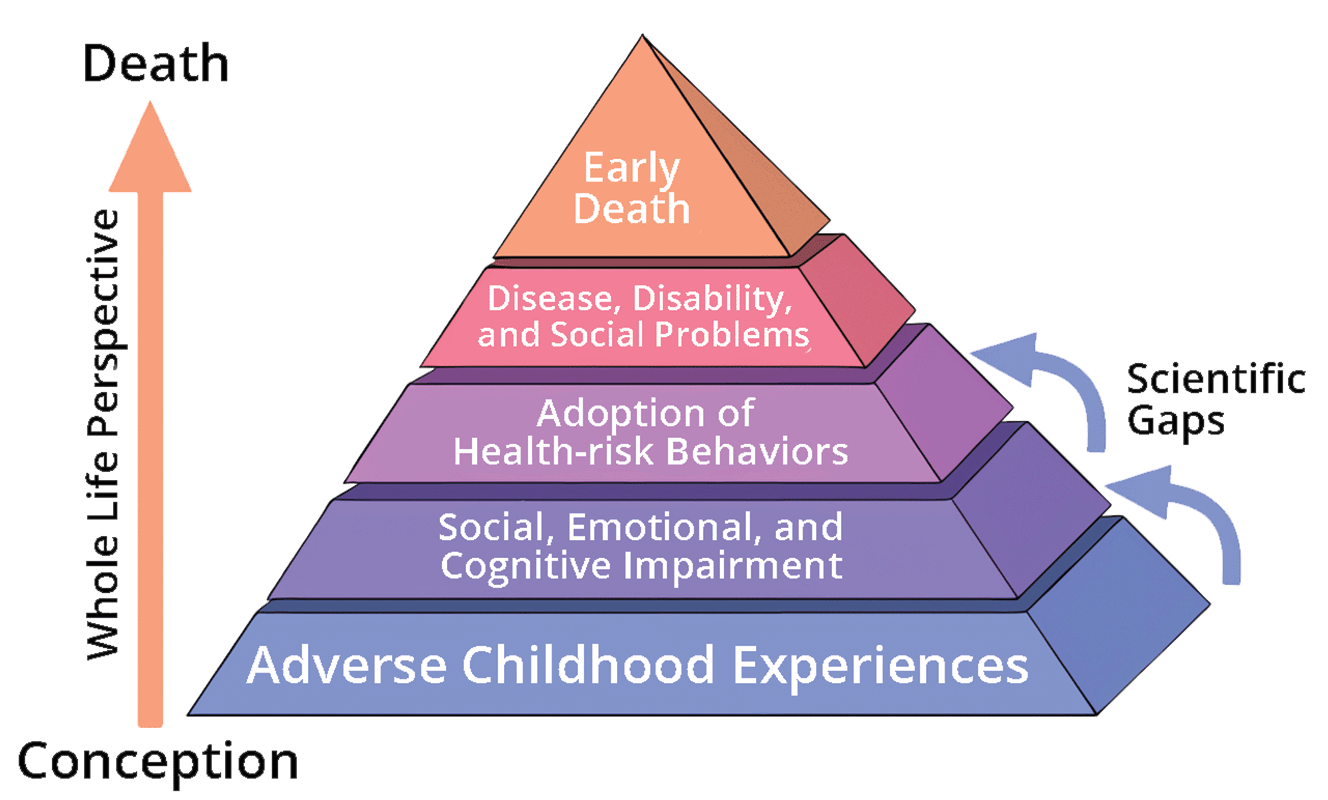An analysis of Medicare beneficiaries in the USA set out to determine if air pollution, specifically levels of particulate matter smaller than 2.5 microns (PM2.5), contributed to bone loss and fractures. In the areas they analysed, there were a total of 62 million people, 9.2 million of which were using Medicare. During the study period of 2003 to 2010, 763,630 of the Medicare beneficiaries were admitted to hospital with osteoporosis-related bone fractures. Each 4.18mcg/cubed metre increase in PM2.5 was associated with a 4.1% increased risk of osteoporotic fracture, when variables were controlled for. This may not seem like much, but 4.1% of a thousand people is 41. And for each of them, the risk of death rises by 10-20%, and most - 60% - will not fully regain their independence. They will need an unpaid family member, home carer or aged care centre. The same increase in PM2.5 was linked with a 0.08% drop in femoral neck bone density (the femur is the thigh bone) and a 0.06% drop in radius bone density per year.
 |
| A sunrise is much more beautiful when the air is clean. Source: Sam311 (CC: 3.0). |
This is not the first time that air pollution has been linked to bone fractures, at least in non-smokers. A previous study on almost six hundred men in their 70s found that long-term exposure to higher levels of both PM2.5 and PM10 (10 microns or less in size) was linked to lower total bone mineral density. In others, women living in urban areas had a 29% greater risk of forearm fracture compared to women in rural regions. Some cities in other countries are far more polluted than anywhere in the northeast mid-Atlantic region where the above study was conducted. What their levels of air pollution must be doing to bone health is most likely shocking. The reason why PM pollution has so many harmful effects is because it causes inflammation and oxidative stress, much like smoking.
There are of course more types of pollutants than particulate matter, which may also reduce bone mineral density. These include carbon monoxide and nitrogen dioxide. A study in Taiwan compared data from the country's Environmental Protection Agency and their health insurance research database, to see if there was a relationship between these pollutants and osteoporosis. They divided concentrations of air pollution into quarters for the analysis. Compared to the lowest quarter (Q1) for carbon monoxide, those living in Q2, Q3 and Q4 were at a 5%, 78% and 84% greater risk for osteoporosis respectively. As for nitrogen dioxide, those in Q2, Q3 and Q4 were at 35%, 24% and 60% higher risks compared to Q1.
It may sound terrible, but we have more than just hope. In 2015, half a million solar panels were installed around the world every day, and four wind turbines were installed each hour. With the growth of solar energy, it would be more than half a million now. Twenty-three percent of the world's electricity came from renewables that year, which would be a little higher now, particularly as clean renewables make up the majority of new capacity installed. Although it is only one factor contributing to healthy bones, it's all the more reason to help protect the environment in any way you can - when you reach your 80s, which would you prefer? Looking forward to more years of a great life, or sitting in an institution without much time?













_(4760803169).jpg)





